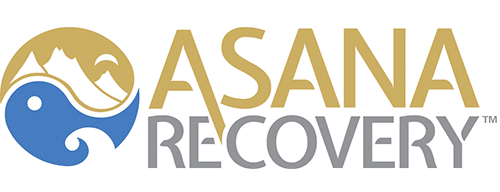Physical activities are becoming a common regime in drug treatment facilities, especially when it comes to treating patients for opioid addictions. Medical professionals are quickly finding that an increase in physical activity helps patients by alleviating withdrawal symptoms they experience after they stop using.
Understanding the Drugs
Individuals often rely on pain medications to treat medical conditions; however, millions of Americans opt for medications such as Codeine, Hydrocodone, and Morphine for a nonmedical reason. Individuals unable to get a hold of medications often begin using heroin because it is cheaper and easier to get.
Each of these drugs changes the way a user’s brain works. They typically rewire the brain into craving the drug, resulting in a physical reaction if they do not get it. These symptoms present themselves as withdrawal, and they are often exerted during the detoxification process.
Some withdrawal symptoms users experience are:
- Anxiety
- Problems sleeping
- Increased sweating
- A runny nose
- Nausea, diarrhea, and vomiting
- Abdominal cramping
These symptoms can present within 6 to 12 hours after a user stops taking the drugs and can last for several days. Physical symptoms can quickly cause an individual to feel anxious, depressed, and have an intense craving for the drug.
In addition to therapy and medication, support groups are using physical activities to limit withdrawal symptoms. Much like drug use, physical activity boosts the production of dopamine in the brain. The more intensely we exercise, the more dopamine is released. Unlike with drug usage, this release of dopamine is healthy and can help patients both physically and psychologically to improve their lives.
Physical activity benefits users get clean and by:
- Reducing anxiety
- Lowering risk of depression relapse
- Decreasing urges
- Improve coping habits
Over time, addicts are finding the release of dopamine from exercise provides a safe alternative reliable for long-term recovery. An important part of using physical fitness as a recovery tool is finding the right fitness program for the user.
Running, swimming, climbing, and hiking are all extremely beneficial activities for addicts. These physical activities produce the highest level of dopamine, ensuring the most promising results in recovery.
Weight lifting and other anaerobic exercises are also proven effective. Yoga and other slow-moving exercises are excellent tools for improving mental functions, helping addicts rationalize and sort their thoughts, and providing relaxation that is beneficial to the body and the mind.
Scientists have found exercise is helpful in patients as it reduces the level of anxiety and depression associated with withdrawal. They found that the level of intensity does not directly influence the chances of recovery but rather the dedication to continue the physical activity long-term shows the most promising results.
At Asana Recovery, we understand how important it is to get you back to a healthier life. Our trained professionals are available around the clock to help patients take control of their lives in various ways. Through physical activities, therapies, and education, patients are able to find true happiness in a sober life. Contact us today at (949)329-5479 to see how we can help you.



